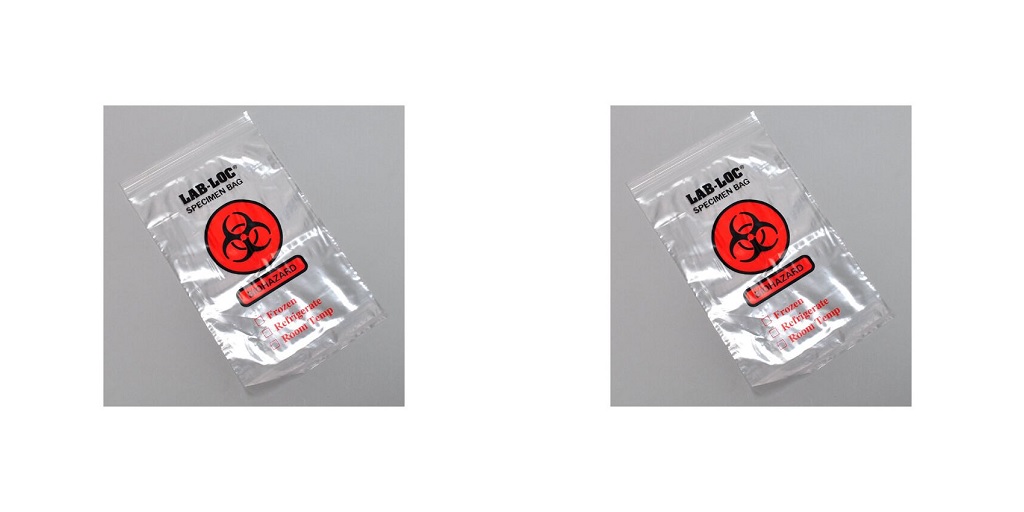Reliable, safe specimen collection, storage, and transport are vital for labs and clinics not only across the country but across the world.
In an effort to help ensure your facility utilizes the best materials and specimen collection products available, we’re answering some of the top questions associated with specimen bags.
What Are Specimen Bags Used for?
Specimen bags are secure, and sometimes tamper-evident types of specialty packaging used by medical facilities and laboratories for the containment of medical or biological specimens.
They are occasionally called by other names, such as lip-and-tape bags, biohazard bags, and specimen transport bags, but the use is the same.
They are specialized to contain and transport medical waste, organ tissue, vials containing biological/bodily fluids, and other medical materials.
While they are used primarily for transport, they must be able to securely contain the material within them, protecting against spills and serving as a hedge against the risk of infection disease to those handling the specimens.
What Are They Made of?
Lab specimen bags are commonly made of low-density polyethylene, otherwise known as LDPE. Typically, the construction of specimen bags necessitates several walls of material.
LDPE is lightweight, strong, flexible even at low temperatures, puncture and tear-resistant, and chemically stable. It also serves as a moisture barrier, helping to prevent spills while also protecting the specimen it contains from contamination.
The double, triple, and even quadruple wall construction of some specimen bags helps to further prevent spills and punctures, serving a dual purpose of protecting the specimen while safeguarding against the risk of disease transmission.
What Are the Best Practices for Specimen Collection/Transport?
While the best practices associated with the transport of medical specimens may be a product of your facility, and that best practices also vary based on what it is you are transporting, there are some general guidelines that are nearly universally applicable:
- Examine specimen collection, preparation and transportation supplies to ensure that none of them are expired/out of date.
- Use only a container that is appropriate for the specimen collection indicated.
- Label all materials clearly and accurately (most lab specimen bags have separate, sealed pouches for documentation materials).
- Maintain the specimen at the temperature indicated by the test/storage requirements.
- Gather an adequate specimen in order to avoid a “QNS” (quantity not sufficient) result.
- Appropriately seal all specimen transport container lids/taps/lips.
What Else Constitutes a Quality Lab Specimen Bag?
What is suitable as a lab specimen bag will be determined by the needs of the facility performing the collection as well as by any applicable regulations.
However, good things to look for are:
- Construction from suitable materials, such as LDPE.
- Multiple-wall construction.
- A separate container for documentation.
- pre-printing/checkboxes for easy specimen labeling.
- Color-coding for easy identification.
- Availability in multiple sizes.
- And anything else required by your facility.
What Companies Produce Quality Specimen Bags for Labs and Medical Facilities?
If you’re looking for high-quality lab specimen bags, consult Edco Source, The Easy Way to Buy Bags, via the previous link.
They carry a wide range of commercial and industrial plastic and packaging products, including specimen bags, manufactured to the highest standards possible.
Visit their website for more information or get in touch with them at 718-788-8108.



